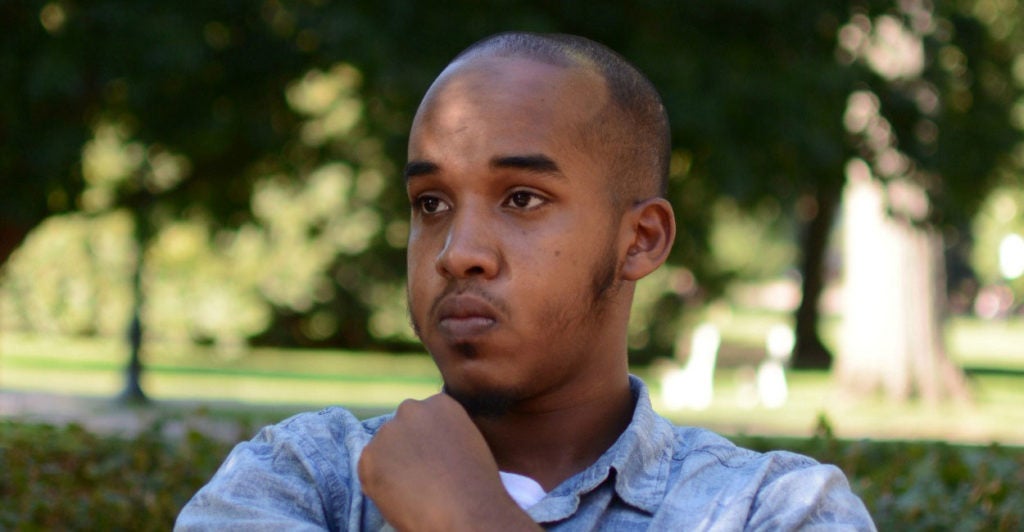There is still much we do not know about Abdul Razak Ali Artan, the young man who injured 11 people in a car-and-knife attack at Ohio State University on Monday. Before drawing any final conclusions, we should wait for all the facts to emerge.
What we do know is that Artan was a Somali immigrant, and multiple news outlets are reporting that he arrived in the U.S. as a refugee. He also appears to have been motivated by a violent Islamist ideology. If so, it would make his the 93rd Islamist terror plot or attack against the U.S. since 9/11.
It also makes him part of a radicalization problem that the U.S. Somali community has struggled with for nearly a decade, and which The Heritage Foundation has been tracking.
Artan is the 74th Somali-American or Somali resident of the U.S. who has been credibly implicated in terror-related activity since 1997.
Breaking Down the Numbers
The lack of full biographical information on those 74 plotters limits the analysis we can do, but news reports show that at least 13 of them came to the U.S. as refugees.
Though we cannot be sure, at least 28 others who were born overseas also probably came as refugees, as the great majority of foreign-born Somalis arrived here through the refugee resettlement program.
Fourteen of the 28 were legal permanent residents at the time of their radical activity, and 10 were naturalized citizens. We know that the remaining four were born overseas but do not know what their immigration status was. That gives a total of at least 41 Somali terror plotters who likely came to the U.S. as refugees.
At least five of the Somali-Americans involved in radical activity were native-born American citizens. There is too little data on the remaining 28 to know how they came to the U.S.
Four of these cases have targeted the U.S. There was the Monday attack, a September stabbing attack in a mall in St. Cloud, Minnesota, and two foiled bomb plots—one in Portland, Oregon, in 2010 and one in Columbus, Ohio, in 2000.
The rest have consisted of Somali-Americans or residents sending money to terrorist groups—primarily to the Somalia-based al-Shabaab terror group—or joining or attempting to join a terrorist organization. Al-Shabaab was the initial destination of choice, but the Islamic State, also known as ISIS, is now the preferred group.
Several Somali-Americans have also joined or attempted to join the al-Qaeda-aligned Jabhat al Nusra in Syria. At least four of the 74 have been suicide bombers.
Sixty-one of the 74 are male, and 13 are female. Of the 66 people we have appropriate data on, the average age of first engaging in radical activity was 24.6 years old.
At least 42 were born overseas. We have enough information on 18 of those to know that only one was older than 18 when he arrived in the U.S.
Some Trends
Patchy data makes extrapolating trends tricky, but a few things jump out.
Most of the 74 were young males. Of the 18 for whom we have the sufficient data, the time gap between when they arrived in the U.S. and when they committed terrorist activity (an average of 11 years), and their young age at arrival (average age of 12.8), suggests they radicalized while here in the U.S.
This would fit with some of what we know about radicalization. Children relocated to a foreign country at a young age—sometimes dubbed the “1.5 Generation”—may not fully identify with either their parents’ country or their adopted country. This can lead to a sense of isolation and aimlessness, which is a risk factor for radicalization.
The information we collected also shows the power of peer recruitment in radicalization, as nearly all of the 74 had connections with at least one other person in the group.
One circle of 10 friends plotted to join ISIS. Another young man, Hanad Mohallim, was killed along with three of his cousins fighting for ISIS. A fifth cousin, Abdirahman Bashiir, became an FBI informant after trying and failing to join ISIS in Syria.
Finally, it is obvious how many Somali-Americans are not engaged in terrorist behavior. Since 2002—the furthest back there is reliable data—slightly fewer than 100,000 Somalis have resettled in the U.S.
Given Somalis’ generally high birth rates, their total U.S. population likely tops 100,000 people. That means the 74 implicated in terrorist-related activity are only a tiny fraction of the community.
There are Somali-Americans leading the fight against terrorism as well. This community has real struggles with radicalization that must not be ignored, but the overwhelming majority has nothing to do with terrorist behavior.
